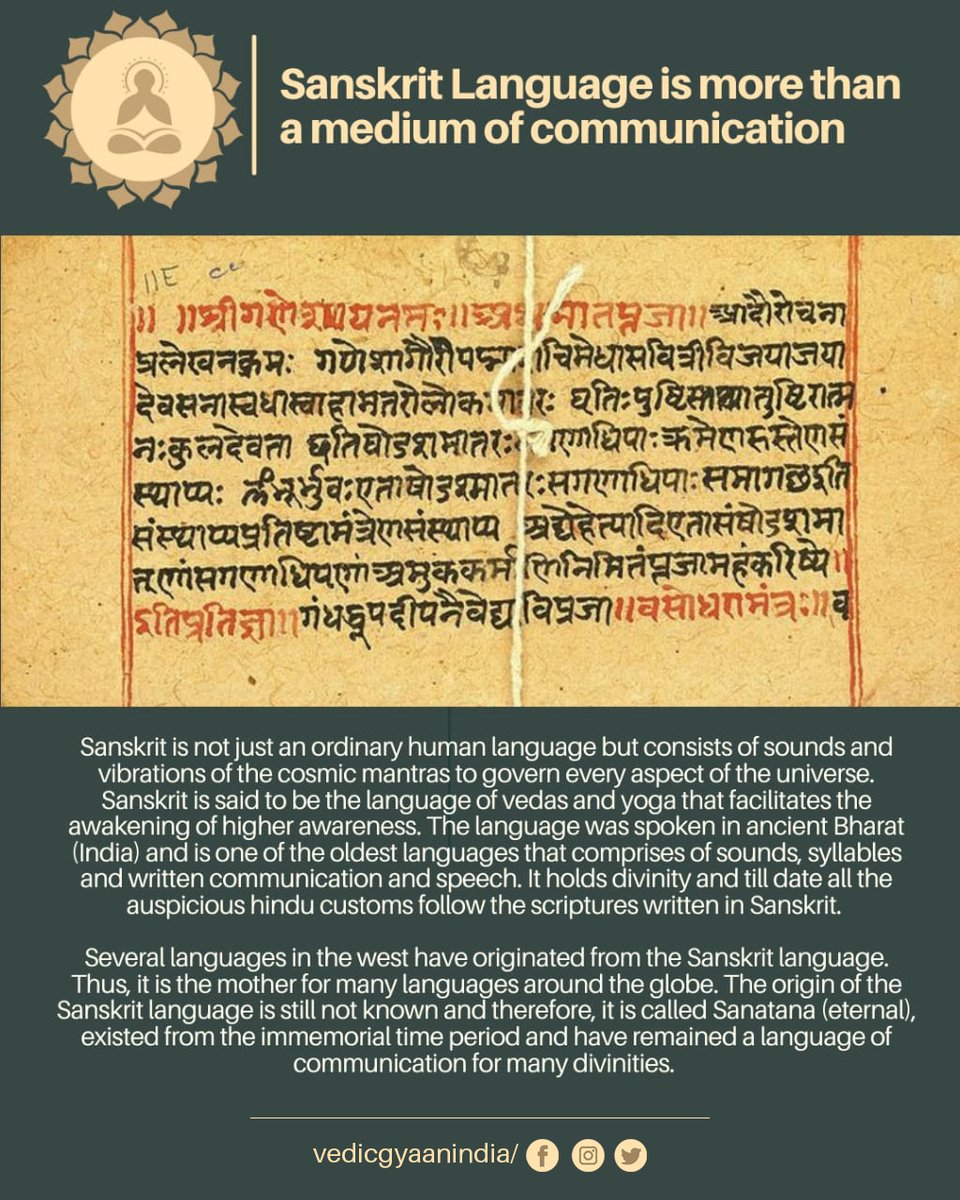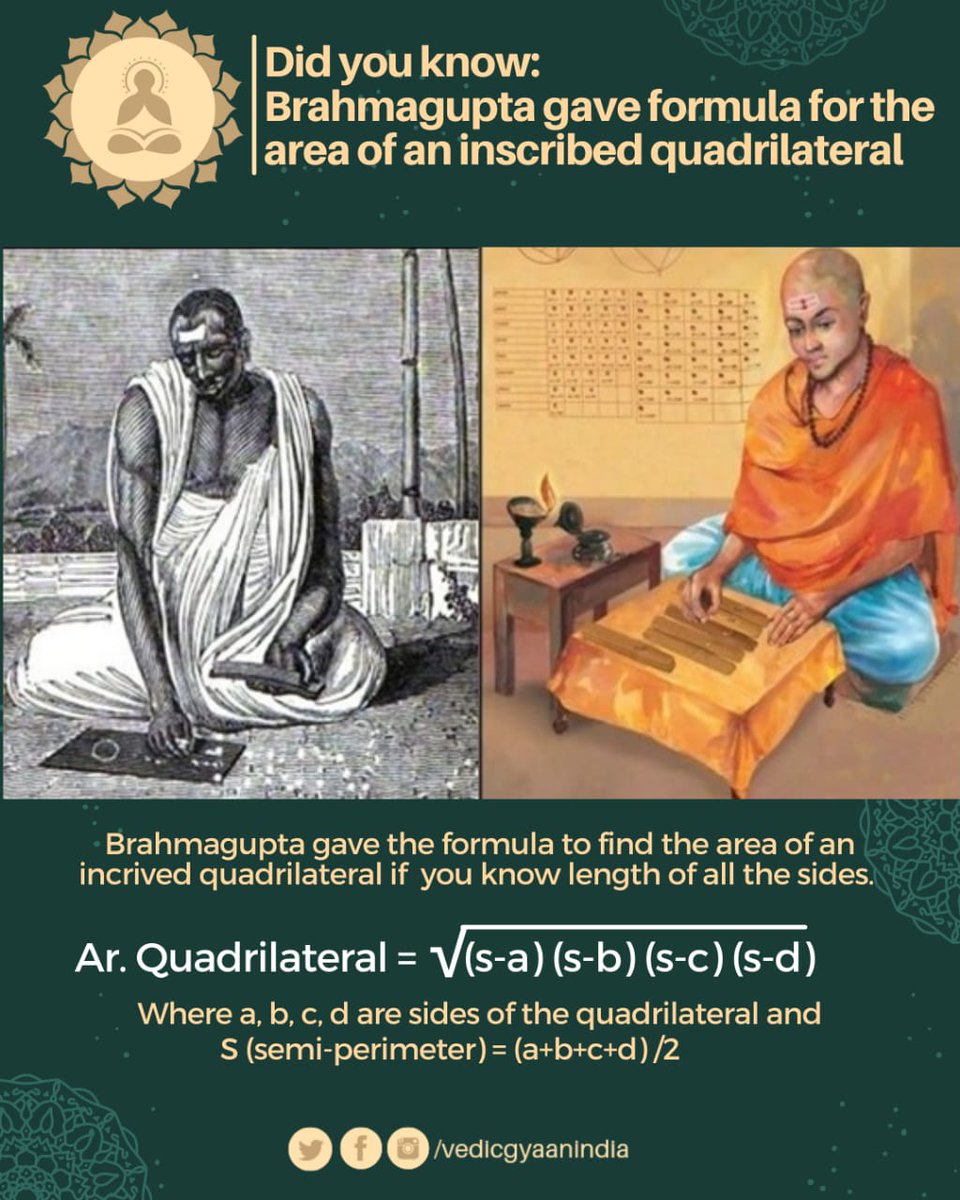
The picturesque town of Badrinath is where divinity meets with the serenity of nature. Located in the Chamoli district in Uttarakhand at the height of 3,133 meters, the pre-eminent abode of Lord Vishnu is one of the holiest of the holy shrines of Char Dham pilgrimage in India.
Situated between Nar and Narayan peaks, the pious land of Vishnu also belongs to the Chota Char Dham Yatra in Uttarakhand. Starting with Yamunotri, Gangotri and Kedarnath, Badrinath is the last and most celebrated stop in the pilgrimage tour of Garhwal Himalayas.
Badrinath Dham is easily accessible by motorable roads and the Badrinath temple can be reached by walking along an easy trek. Around 3 km from Badrinath is the village of Mana, which is one of the last villages before the boundary of India ends and that of Tibet begins.
The peak of Neelkanth stands strong spreading its mighty aura for all pilgrims and travellers alike.
#Uttarakhand #Badrinath
#Uttarakhand #Badrinath
• • •
Missing some Tweet in this thread? You can try to
force a refresh
















